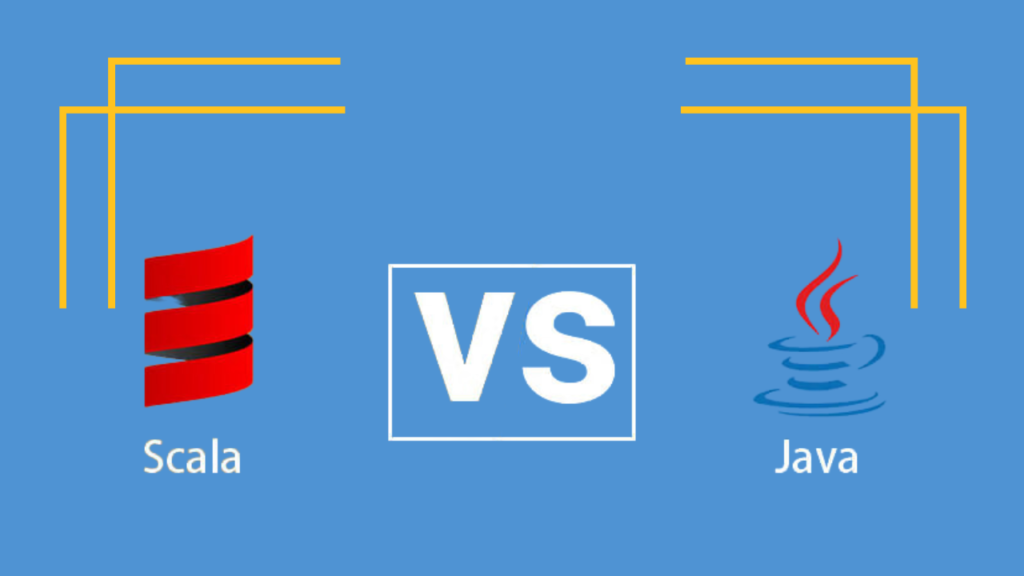Java vs. Scala: Exploring the Top Programming Languages for Today’s Developers

In today’s rapidly evolving tech landscape, developers are faced with an abundance of choices when it comes to programming languages. Among the top contenders are Java and Scala, each offering unique advantages and use cases. In this blog, we delve into a comparative analysis of Java and Scala to help developers make informed decisions.
Java: The Veteran Player
Java, a versatile, object-oriented programming language, emerged from the labs of Sun Microsystems in 1995. Acquired by Oracle Corporation, Java has established itself as a leading language and platform for application development.
Key Features of Java:
- Write Once, Run Anywhere: Java’s bytecode compilation allows applications to run seamlessly on any Java Virtual Machine (JVM), irrespective of the underlying architecture.
- Robust and Secure: Java prioritizes security and robustness, making it an ideal choice for building mission-critical applications.
- Backward Compatibility: With Java, once code is written, it remains compatible across different versions, ensuring long-term viability.
- Garbage Collection: Java’s built-in garbage collector automates memory management, relieving developers from manual memory allocation tasks.
- Multithreading Support: Java’s robust support for multithreading enables concurrent execution, enhancing application performance and scalability.
- Rich Ecosystem: With over two decades of existence, Java boasts a vast ecosystem of libraries, frameworks, and online resources, facilitating seamless development and support.
- Popularity: Java’s widespread adoption across industries underscores its relevance and longevity in the programming landscape.
While Java offers numerous advantages, it’s essential to explore alternatives like Scala to determine the best fit for specific project requirements. Stay tuned as we delve into Scala’s features and how it compares to Java in the next segment of this blog.
Exploring the Limitations of Java
While Java has stood the test of time, it’s crucial to acknowledge its imperfections. Even with multiple updates, Java has some notable drawbacks that developers should consider when weighing Scala vs. Java:
- Memory Consumption and Speed: Java, despite its longevity, tends to consume more memory and exhibits slower performance compared to natively compiled languages like C or C++.
- GUI Applications Discrepancy: The default GUI applications in Java, crafted with the Swing toolkit, often appear distinct from native applications, leading to a potential lack of visual consistency.
- Memory Usage: Java’s footprint in terms of memory consumption is relatively larger, which can impact the efficiency of resource utilization.
Introducing Scala: The Scalable Language
In our Scala vs. Java comparison, let’s shift our focus to Scala—a dynamic, high-level programming language with a unique blend of object-oriented and functional programming principles. Originating in 2004, Scala is renowned for its scalability, a trait embedded in its name, a fusion of “scalable” and “language.”
Key Features of Scala:
- Conciseness: Scala eliminates boilerplate code with precise syntax, resulting in programs that demand less code than their Java counterparts.
- Hybrid Paradigm: Being both object-oriented and functional, Scala is well-suited for web development, offering a versatile approach to programming.
- Java Interoperability: Scala allows seamless execution of Java code, providing developers with flexibility and compatibility.
- Expressive Typing System: Scala boasts an expressive typing system, ensuring secure and consistent statistical abstraction.
- Ease of Learning: Particularly accessible for programmers with an object-oriented background in Java or similar languages.
- Scalability: Scala’s design makes it highly scalable, making it an excellent choice for building fault-tolerant, highly concurrent systems.
- Data Analytics: Supported by tools like Apache Spark, Scala proves ideal for data analytics applications.
In the ongoing debate of Scala vs. Java, these advantages position Scala as a compelling alternative, offering a unique set of features that cater to the evolving needs of modern programming. Stay tuned for deeper insights into Scala’s capabilities and how it stacks up against Java in our next segment.
Advantages and Disadvantages of Scala and Java:
| Advantages of Scala | Advantages of Java |
| 1. Concise Syntax: Scala’s syntax is | 1. Widespread Adoption: Java is one of the most |
| concise, resulting in less boilerplate | widely used and adopted programming languages, |
| code and increased readability. | ensuring a vast community, extensive resources, and |
| robust support. | |
| 2. Dual Paradigms: Scala supports both | 2. Platform Independence: Java’s “write once, run |
| object-oriented and functional | anywhere” capability allows applications to run |
| programming, offering flexibility | seamlessly on different platforms with a Java |
| for various development scenarios. | Virtual Machine (JVM). |
| 3. Interoperability with Java: Scala | 3. Rich Ecosystem: Java boasts a mature and extensive |
| seamlessly integrates with existing | ecosystem of libraries, frameworks, and tools, |
| Java codebases, allowing developers | supporting various development needs. |
| to leverage Java libraries. | |
| 4. Expressive Typing System: Scala’s | 4. Robust Security: Java is renowned for its strong |
| expressive type system enhances | security features, making it a preferred choice for |
| code reliability and maintainability. | building secure and mission-critical applications. |
| 5. Scalability: Scala excels in building | 5. Multithreading Support: Java provides robust support |
| highly scalable and fault-tolerant | for multithreading, allowing concurrent execution |
| systems, making it ideal for | and enhanced application performance. |
| concurrent and distributed | |
| applications. | |
| 6. Data Analytics: Scala’s integration | 6. Backward Compatibility: Java’s commitment to |
| with tools like Apache Spark makes | backward compatibility ensures that existing Java |
| it well-suited for data analytics | code remains functional across different versions. |
| and big data processing tasks. | |
| 7. Community and Job Opportunities: | 7. Simplicity: Java’s syntax and structure are simple |
| Scala’s growing popularity is | and straightforward, making it easy for developers |
| creating job opportunities and a | to learn and work with. |
| supportive community. |
| Disadvantages of Scala | Disadvantages of Java |
| 1. Learning Curve: Scala’s advanced | 1. Memory Consumption: Java tends to consume more |
| features and functional | memory compared to natively compiled languages like |
| programming concepts may present | C or C++, which can impact resource utilization. |
| a steeper learning curve for | |
| developers transitioning from | |
| traditional object-oriented | |
| languages like Java. | |
| 2. Performance Overhead: Scala’s | 2. GUI Application Appearance: Java’s default GUI |
| reliance on the JVM may result in | applications, particularly those built with the |
| additional performance overhead | Swing toolkit, may look different from native |
| compared to natively compiled | applications, affecting user experience. |
| languages. | |
| 3. Tooling and Library Support: | 3. Development Complexity: Java, while versatile, |
| While Scala’s ecosystem is | may require more verbose code compared to other |
| growing, it may still lag behind | languages, potentially increasing development |
| Java in terms of mature libraries | complexity. |
| and development tools. | |
| 4. Community and Adoption: Scala’s | 4. Slower Compilation: Java’s compilation process |
| adoption rate, while increasing, | may be slower compared to languages with more |
| may not match the widespread | lightweight compilation processes, impacting |
| usage of Java, leading to a | development speed. |
| smaller community and fewer | |
| resources for support and | |
| learning. | |
| 5. Compatibility and Interoperability: | 5. Limited Functional Programming Support: While Java |
| Integrating Scala code with | has embraced functional programming paradigms to |
| existing Java systems may present | some extent, it may not offer the same level of |
| challenges, particularly with | support and expressiveness as languages like Scala. |
| regards to compatibility and | |
| interoperability. |
Java and Scala: Similarities and Differences
In the realm of programming languages, Java and Scala stand out as powerful tools with their own unique features and applications. Let’s explore how these two languages compare and contrast:
Similarities:
| Feature | Description |
| Object-Oriented | Both Java and Scala are object-oriented languages, enabling programmers to model real-world entities effectively. |
| JVM Compatibility | Both languages run on the Java Virtual Machine (JVM), allowing for cross-platform compatibility and portability of code. |
| Multi-Paradigm | Java and Scala support multiple programming paradigms, including imperative and object-oriented programming styles. |
| Statically Typed | Both Java and Scala are statically typed languages, providing type safety and early error detection during compilation. |
Differences:
| Feature | Java | Scala |
| Programming Paradigm | Primarily object-oriented | Mixture of functional, object-oriented, and statically typed languages |
| Function Declaration | Functions are Java objects | Functions are first-class citizens and can be assigned to variables or passed as parameters |
| Code Conciseness | Java code tends to be more verbose, requiring multiple lines for routine tasks | Scala promotes concise code, typically requiring fewer lines compared to Java |
| Backward Compatibility | Java emphasizes backward compatibility | Scala may introduce breaking changes between versions |
| Learning Curve | Java is generally easier to learn with a less steep learning curve | Scala’s syntax can be more complex, requiring more effort to master |
| Lazy Evaluation | Java lacks native support for lazy evaluation | Scala allows for lazy evaluation, deferring computations until necessary |
| Operator Overloading | Java does not support operator overloading | Scala allows for operator overloading, enhancing code expressiveness |
Why Use Java?
Java remains a staple in the programming world, ideal for a wide range of applications, including:
- Cloud-based services
- Desktop GUI development
- Enterprise applications
- Embedded systems
- Gaming
- Mobile app development
- Scientific computing
- Web servers and applications
Why Use Scala?
Scala, while newer, offers distinct advantages and is well-suited for:
- Batch data processing
- Concurrency and distributed data processing
- Data analytics (especially in conjunction with Apache Spark)
- Parallel processing
- Real-time data streaming with the Spark framework
- Web development
Choosing the Right Language
The choice between Scala and Java depends on your career goals and the specific demands of your projects. Here’s a breakdown of who should consider learning each language:
Learn Java if you’re aiming for roles such as:
- Android developer
- Back-end developer
- Big data developer
- Embedded systems developer
- IT manager
- Programmer (junior or senior)
- Systems architect
Learn Scala if you’re pursuing positions like:
- Application developer
- Big data engineer
- Data scientist
- IT consultant
- Software developer or engineer (including senior roles)
- Spark engineer
Conclusion: Upskill and Diversify
While the debate between Scala vs. Java continues, it’s worth noting that the best IT professionals often possess a diverse skill set. Whether you’re diving into Java, Scala, or both, expanding your repertoire of programming languages can open doors to new opportunities and enhance your effectiveness as a developer or IT professional. Join IgnisysIT. Remember, in the ever-evolving world of technology, upskilling is key to staying ahead of the curve.

Leave a Reply